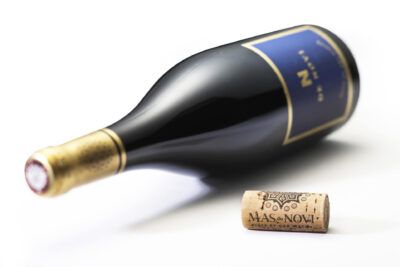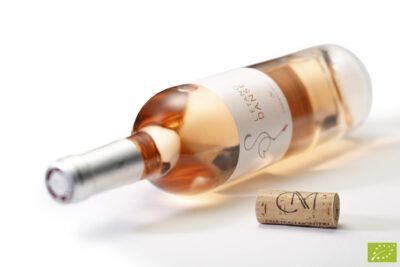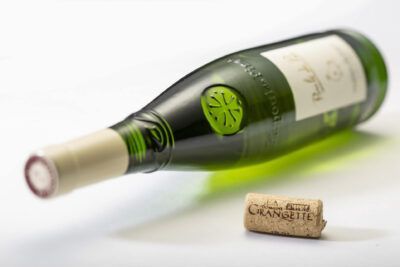Wine Culture
A vineyard that extends from
Nimes/Montpellier to the Spanish border
The Languedoc vineyard essentially cuts across three French counties [départements], from the Aude to the Gard, passing through the Hérault, extending even to the Western Pyrenees with the new local AOC Languedoc Wine region. Comprises a total of 40,000 hectares [≈ 100,000 acres]. Needless to say that this vast area stages a wide variety of land types, each one having its own soil, climate and vines, creating various combinations, each one revealing a unique wine.
Many a contrast exists between the harshness of the Pyrenean and Massif Central foothills and the gentleness of the Mediterranean shores. The sea brings sandy, limey or even clayey soils. Where crests and vales emerge, the soil takes on a shale or calcareous clay aspect with vast pebble terraces. The climate here is generally Mediterranean, though the further from the coast, the more we find oceanic characteristics.
The Languedoc vineyard reflects such diverse influences. Aside from the more well-known Syrah, Grenache, Mourvèdre and Cinsault grapes, we find other grape types (Cot, Malbec, Chenin and Rolle, for example), only known to a selected few.
For 30 years, the Languedoc AOCs have made significant efforts to restructure the winegrowing region in order to guarantee quality and authenticity for increasingly demanding consumers.
Grapes
Get to know the numerous varieties of grapes in Languedoc and some only grow in this region (Piquepoul). Main red grape varieties : Syrah, Carignan, Mourvèdre, Cinsault, Grenache, Merlot, Cabernet Sauvignon. Main white grape varieties: Piquepoul Blanc, Bourboulenc, Clairette, Grenache Blanc, Rolle (Vermentino), Muscats petit grains, Mauzac
LANDSCAPES & CLIMATE
The to know the landscape and climate and also the “Garrigue”: Mix of herbs that grow wild in the region: rosemary, thyme, sage, lavender, juniper





